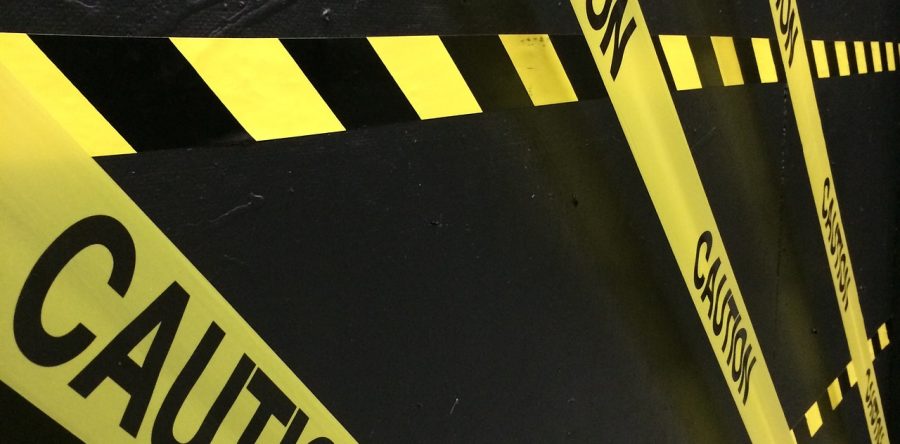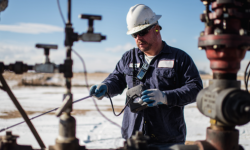Growing Mobile Workforce Creates New Safety Challenges by Chris Holbert. Available from <http://www.ehstoday.com/safety-leadership/growing-mobile-workforce-creates-new-safety-challenges> [Nov 03, 2017].
The traditional business day is changing across many industries in the United States. People are no longer putting on suits, ties, jackets and slacks to report into an office for an 8-hour workday at a desk. Seventy-two percent of the U.S. workforce is expected to be made up of mobile workers by 2020, according to IDC Research.
When employees are not operating in an office or controlled environment, it makes it more difficult for businesses to manage the risks those workers invariably encounter. Further, it becomes increasingly more difficult to know when a worker needs emergency assistance. This shift away from traditional workplace settings creates a need for companies to develop new safety protocols and invest in different technologies that secure the safety of mobile workers.
While proper training in safety procedures remains crucial, providing mobile workers with the right tools to request and receive help in an emergency situation becomes more important and critical in avoiding negative outcomes. According to the Pew Research Center approximately 95 percent of Americans now own a cell phone of some type and more than one-third own a smartphone. While these devices provide many conveniences, in emergency situations they remain highly limited, especially in environments that have poor reception or that limit a user’s ability to reach and operate the device.
For example, a cell phone is not able to detect if someone slipped and fell, caught a limb in a piece of machinery or experienced one of the thousands of other emergencies that can occur on the job. With a cell phone, the user still is required to be conscious and within range of the phone to be able to make a call for help. In the case of mobile workers and lone workers, cell phones are not the most reliable or function-rich options for tracking and monitoring employee safety and health. Additionally, in the case where a lone worker is confronted by a hostile third party, the cell phone is the first item often taken so as to prevent a call for help.
There is a better solution than traditional cell phones or smartphones In emergency situations. These situations are good candidates for easily worn devices (i.e., wearables or wearable devices) that automatically report changes that could indicate an emergency. Or, a device that a worker could easily utilize to express the need for help without having to speak or make much of a movement.
There already are products like smart hard hats, smart safety vests, smart eyewear and even stick-on patches that can monitor everything from an employee’s location to body temperature and positioning. These devices eliminate the need for a worker to proactively report an emergency, but, like cell phones, they have their limitations as well.
For example, while the devices are able to transmit certain information about a situation to a manager or human resources department, they do not create a direct line of communication between the worker and responder. If verbal communication is possible in the emergency situation, the worker still would need to place a call on a phone.
A better option would be Mobile Personal Emergency Response System (mPERS) devices similar to those used by seniors for years. A help button that can be pressed after a fall to alert emergency responders that assistance is needed. These types of technologies have become more beneficial because they no longer require a base station device to place calls, limiting their range of use.
Like other wearables, mPERS devices are small and lightweight. They provide state-of-the-art location technologies, and also offer built-in fall advisory capabilities. Wearables with this type of functionality are able to detect horizontal and vertical movement. However, they take safety a step further than simply reporting a fall on the job via a text message or red flag in a software system. mPERS devices can also eliminate the need for the worker to initiate a call for help. Instead, they can trigger one automatically, and cloud-based technologies make it possible for Central Stations to immediately respond to the call for help.
Another benefit of mPERS devices over cell phones is long battery life. Unlike phones that sometimes have to be charged multiple times a day, mPERS devices have less functions and do not need to be fully functional at all times. They can be left off or essentially in a hibernation mode until the SOS button on the device is pressed. Once this action occurs, location information can be sent to a central reporting destination and an emergency call can be placed. This enables mPERS devices to run on a single charge between 2 and 30 days depending upon the configuration and use of the device.
Whatever wearable device makes the most sense for a particular company, the most important factor is that business owners and managers take advantage of these new technologies that could save lives and improve the safety and health of lone workers or mobile employees.
Growing Mobile Workforce Creates New Safety Challenges by Chris Holbert. Available from <http://www.ehstoday.com/safety-leadership/growing-mobile-workforce-creates-new-safety-challenges> [Nov 03, 2017].









